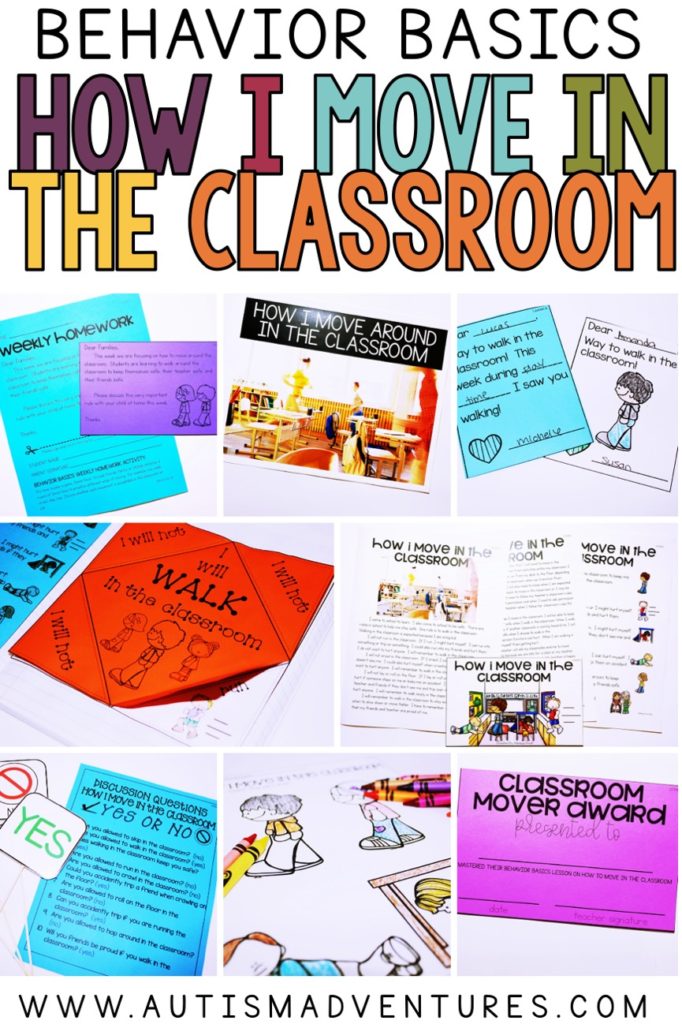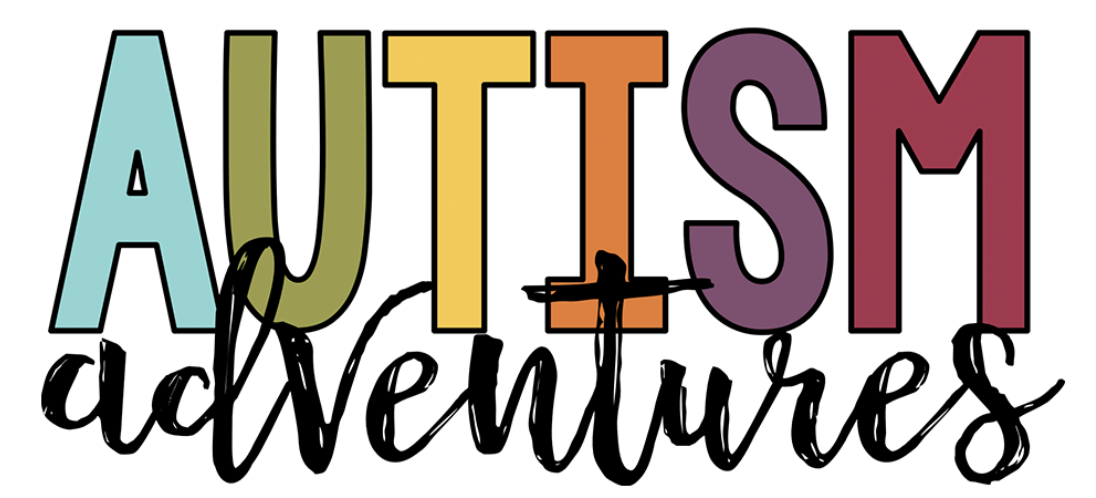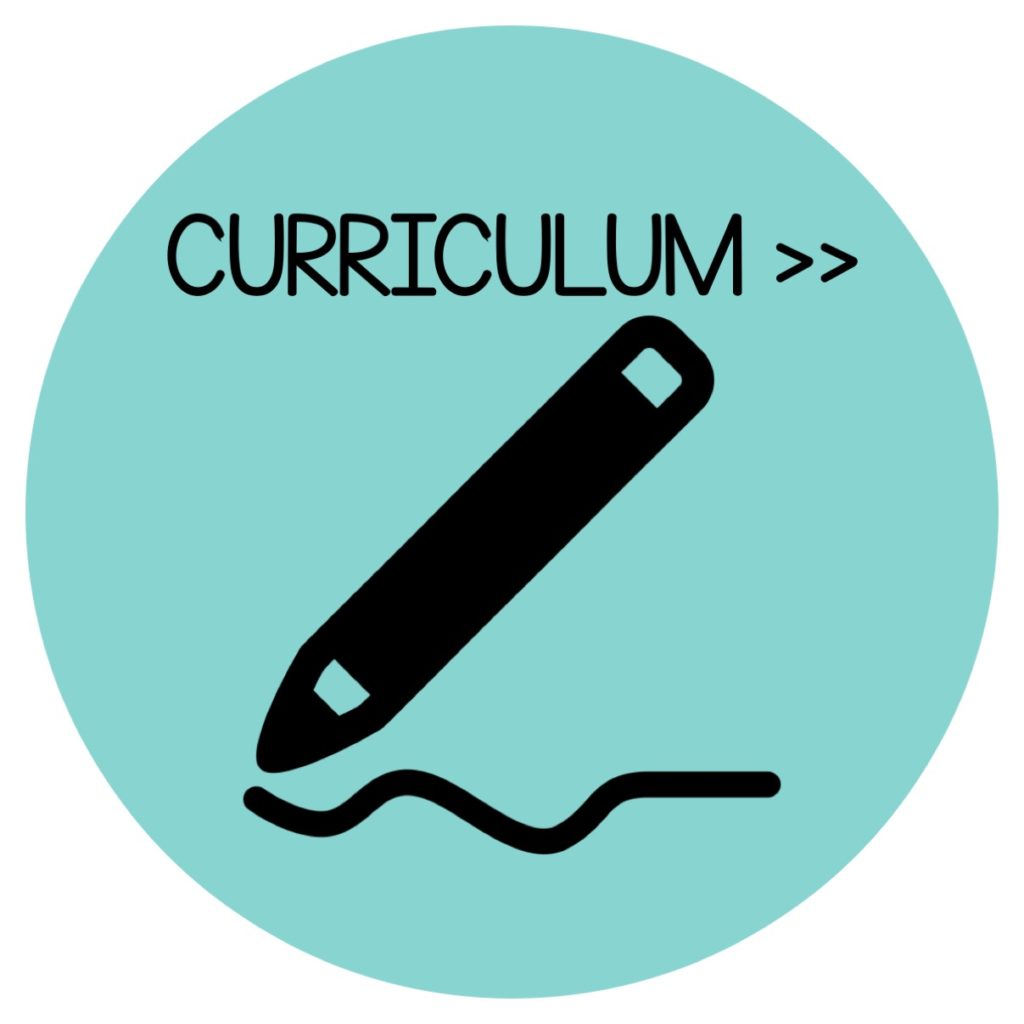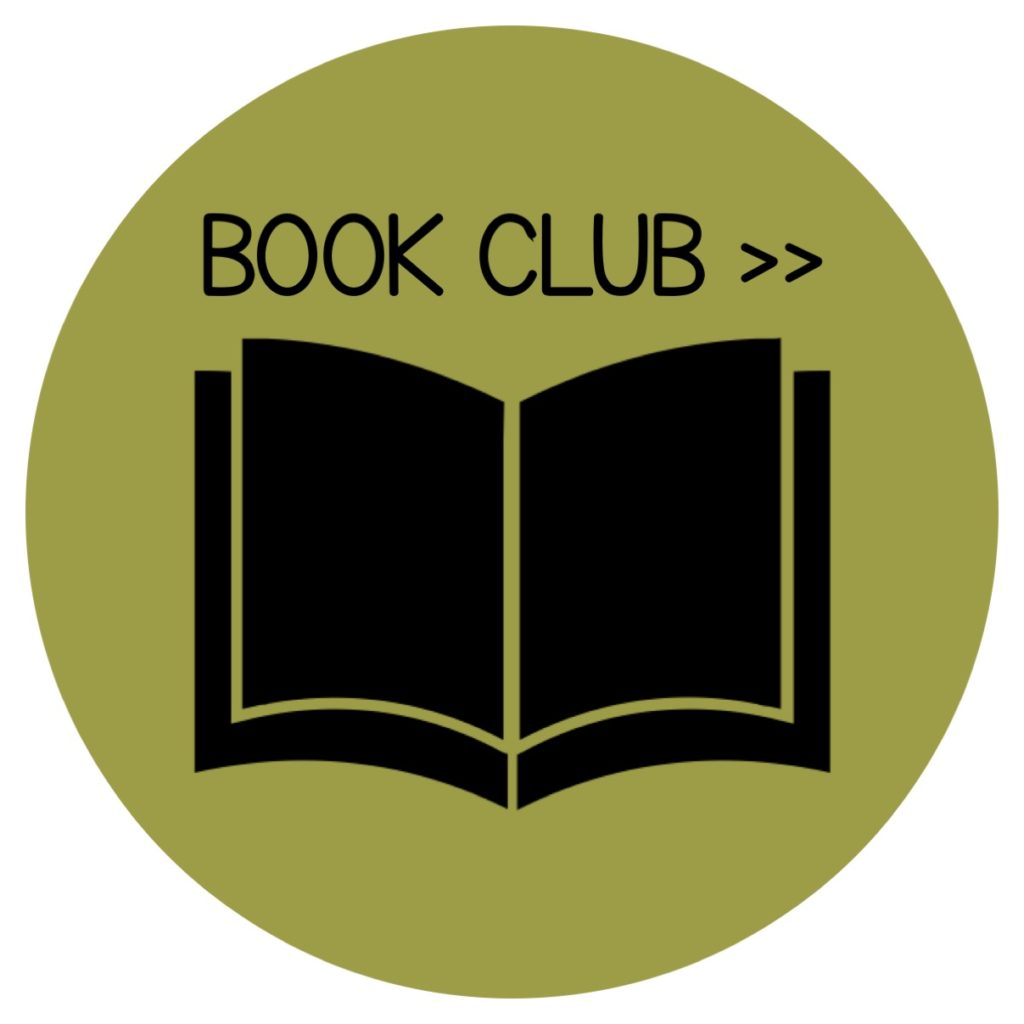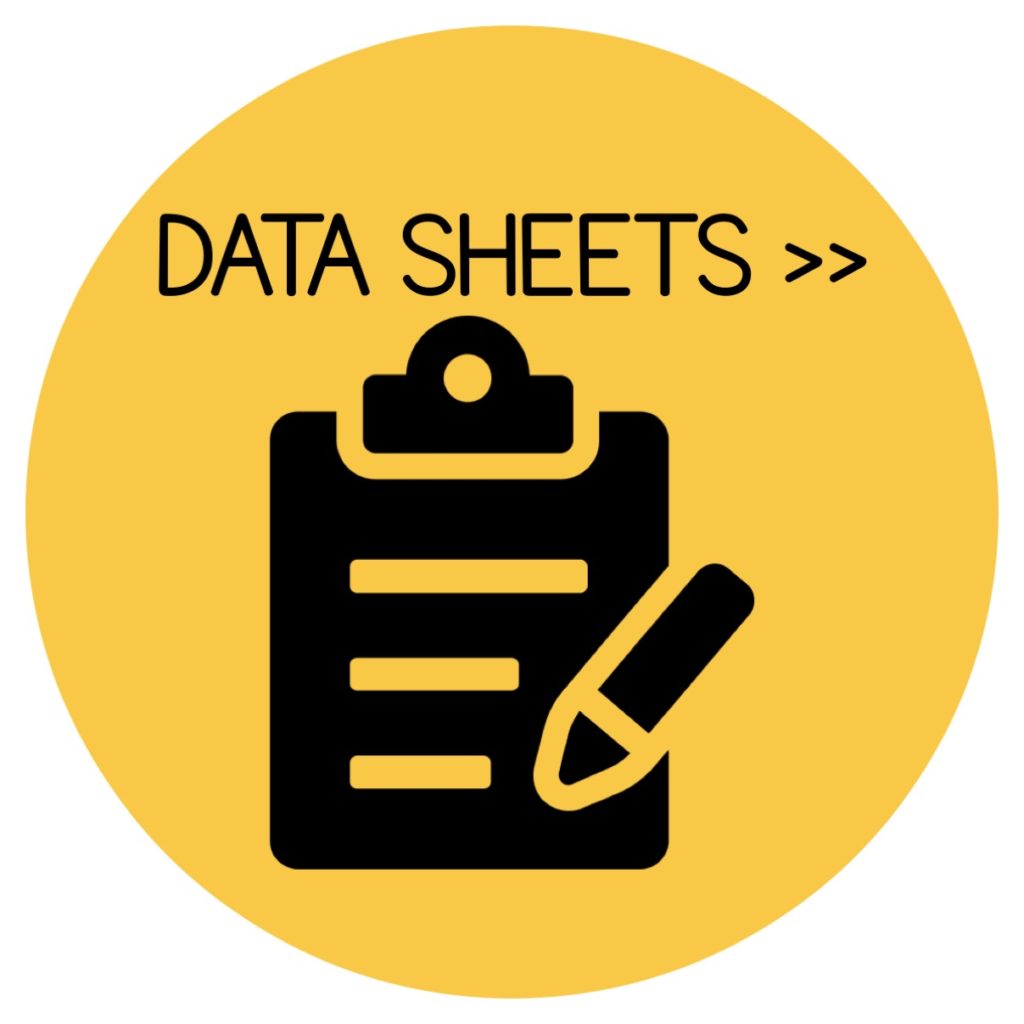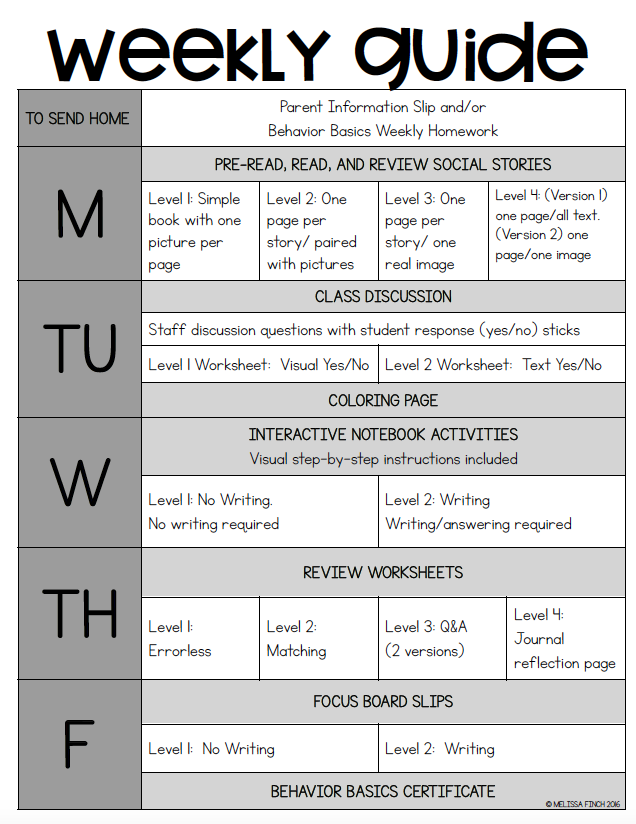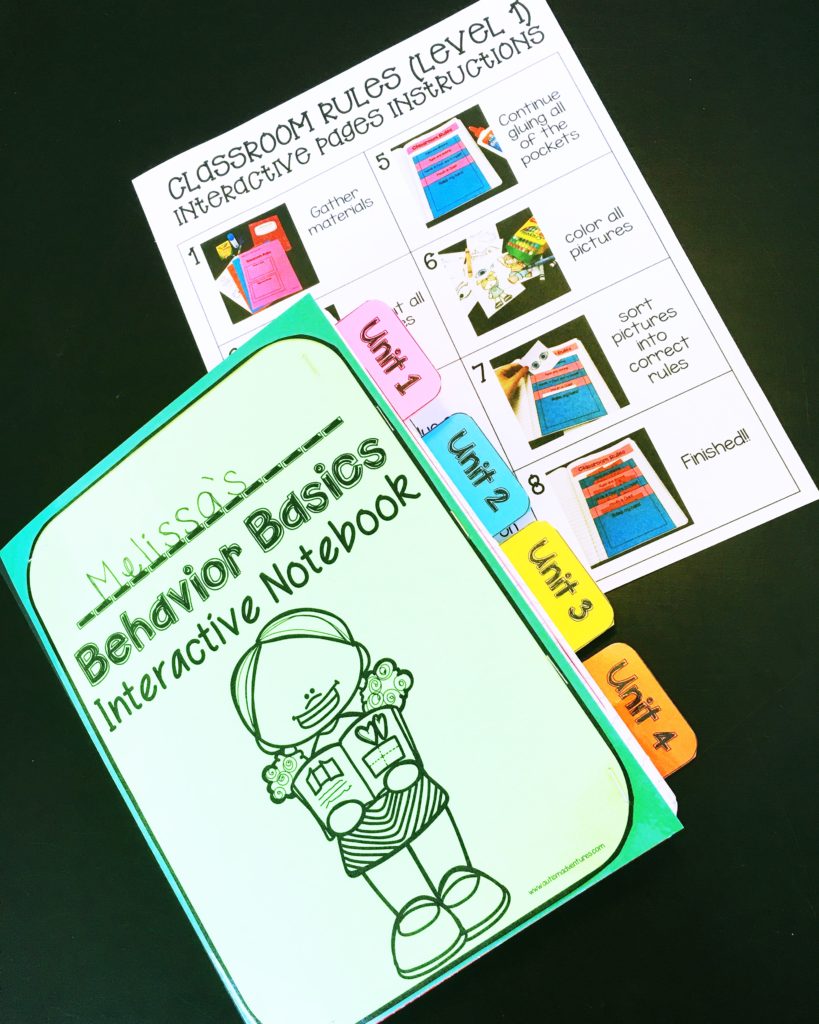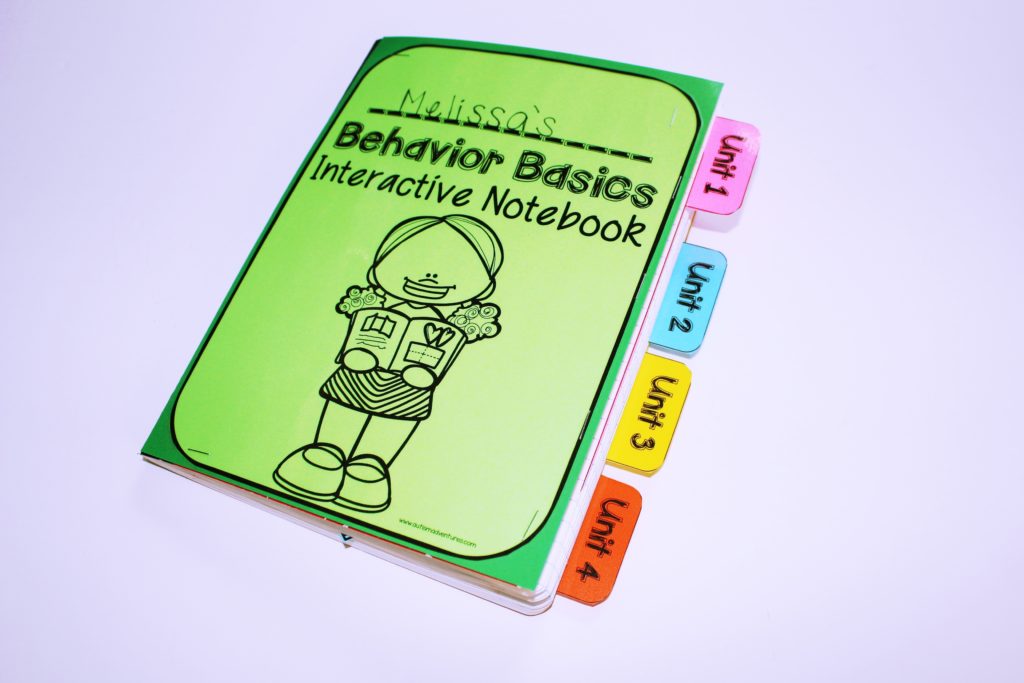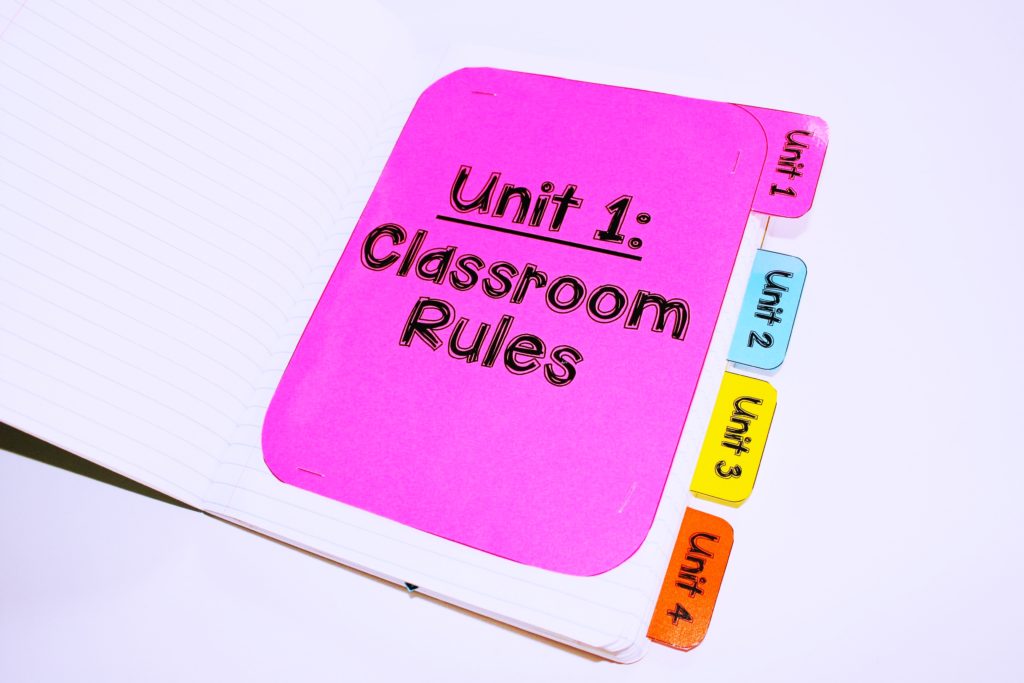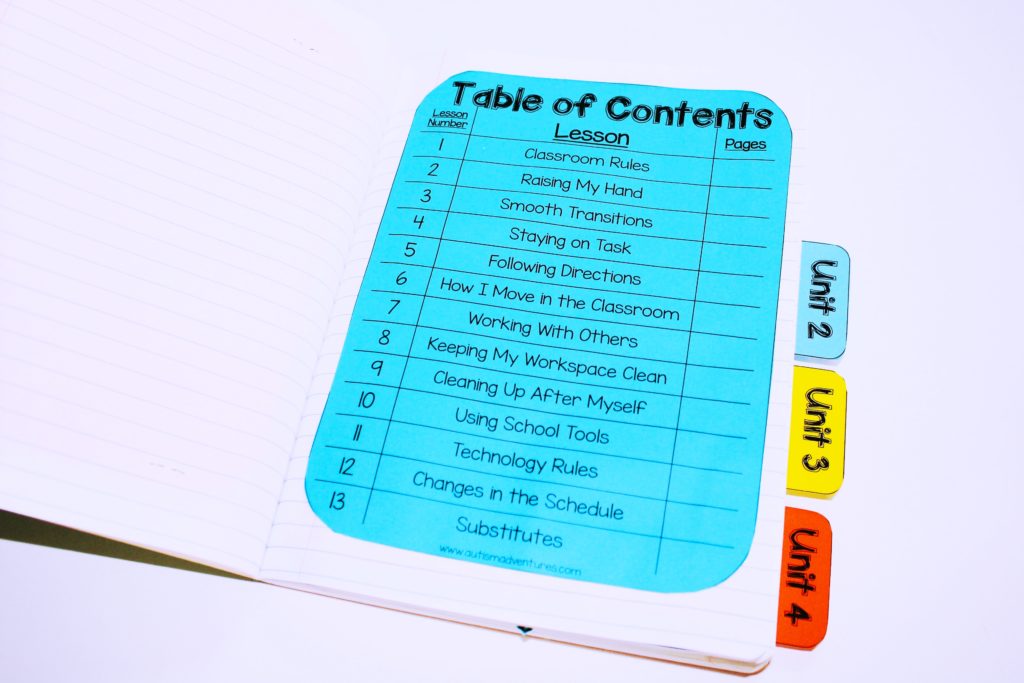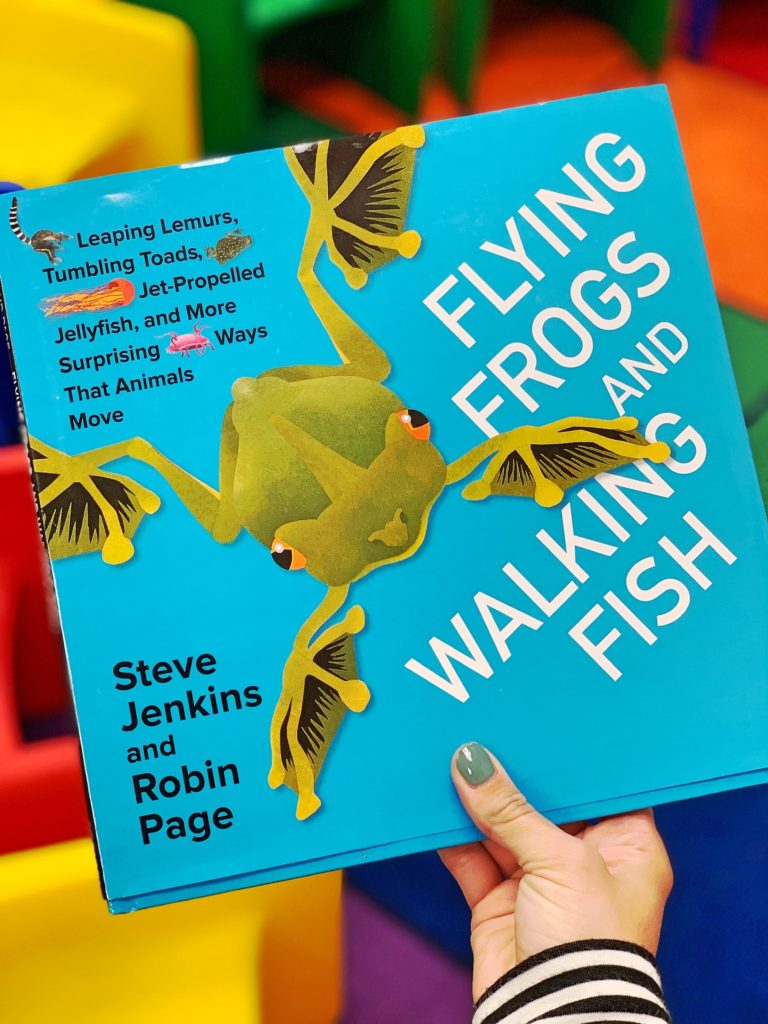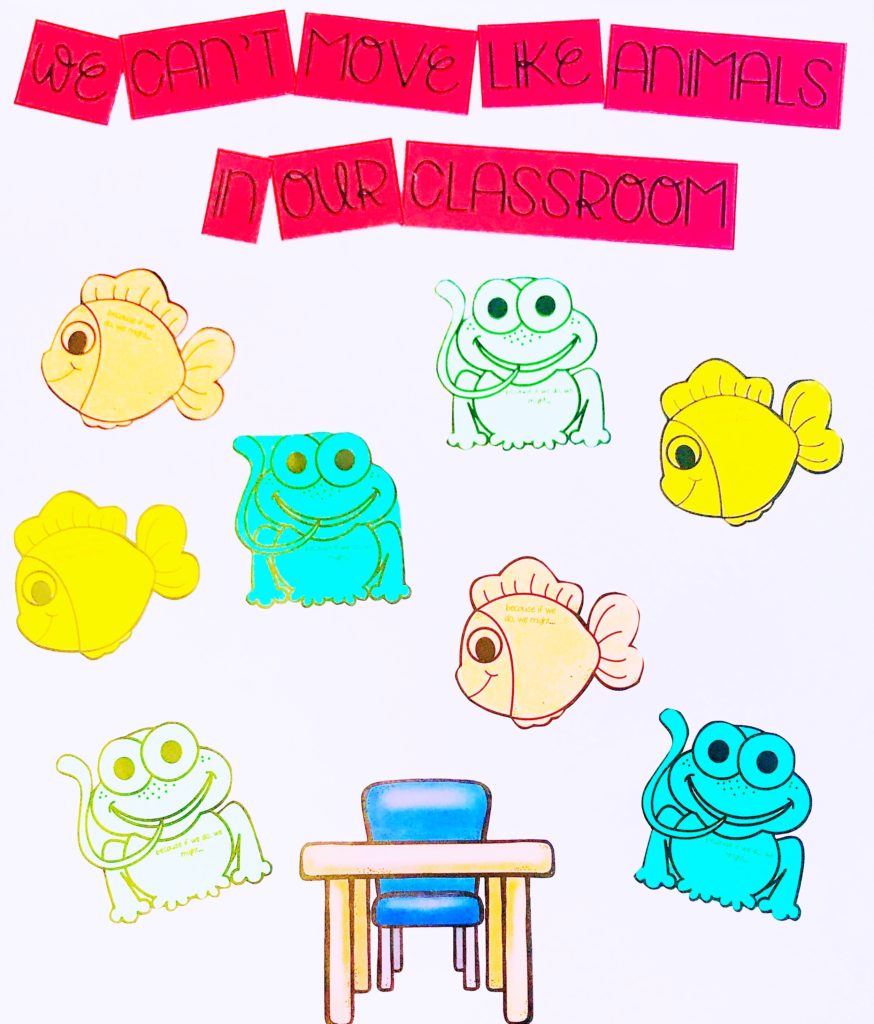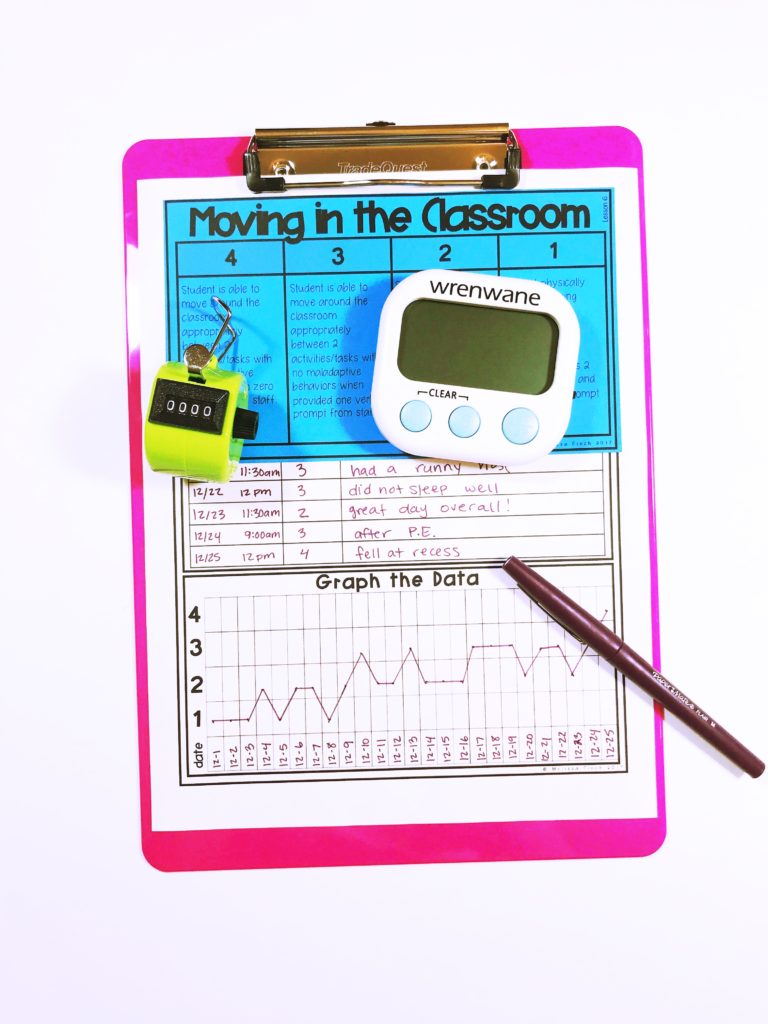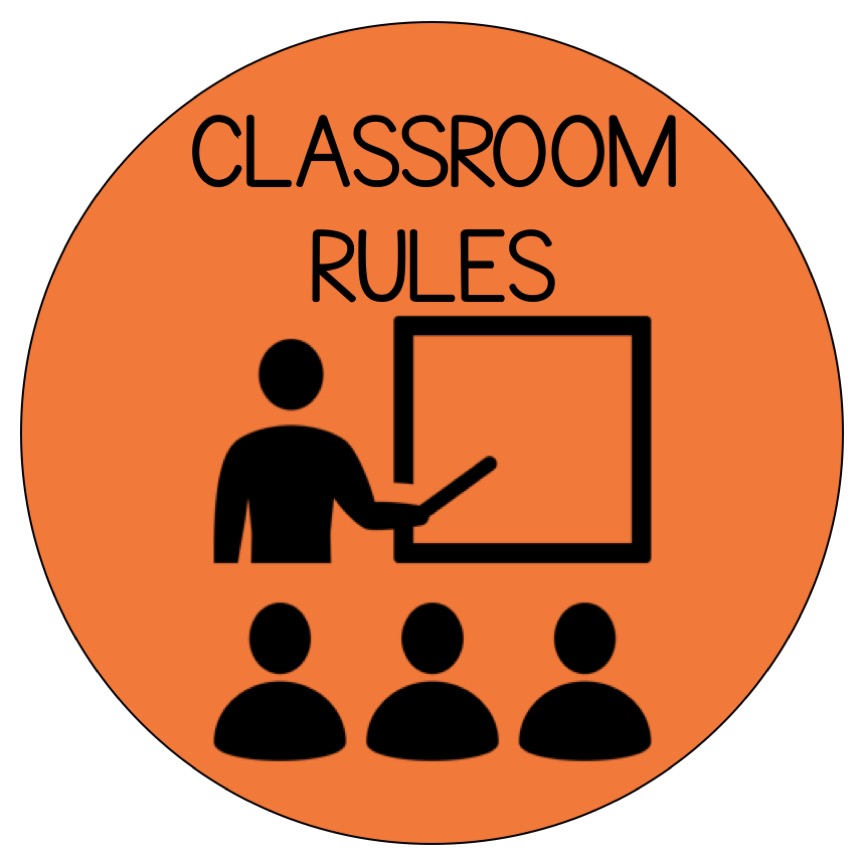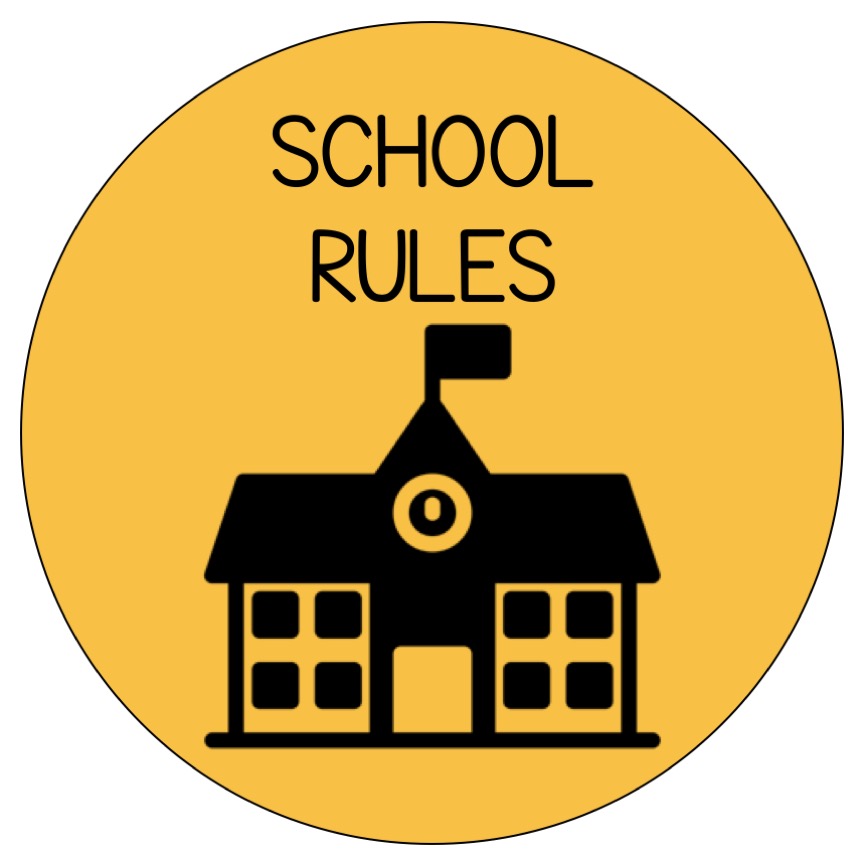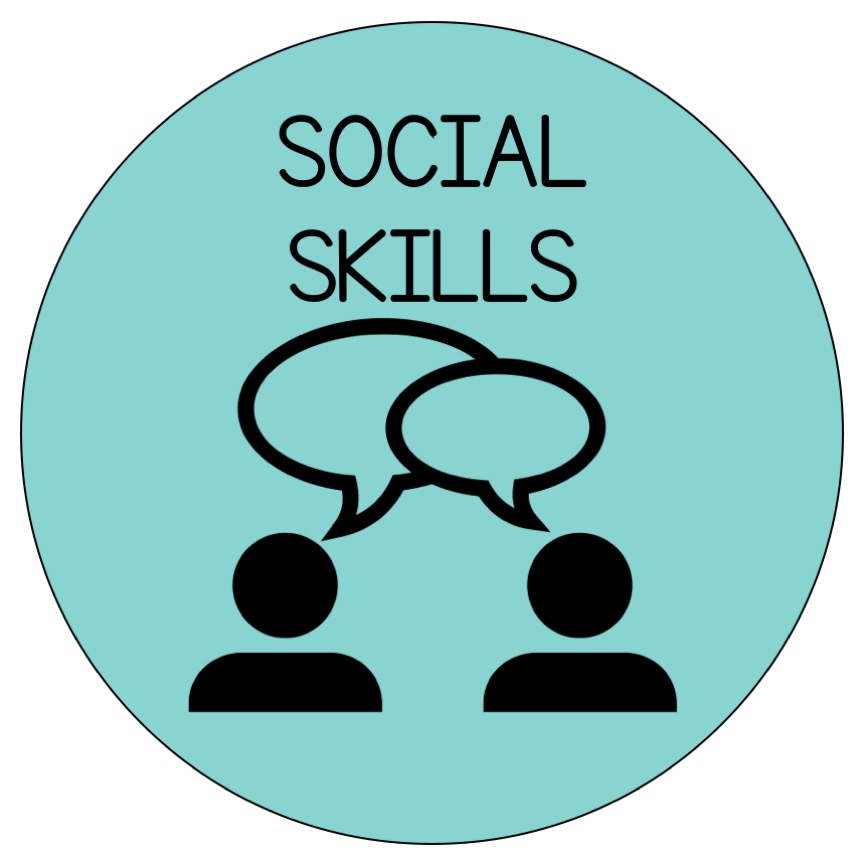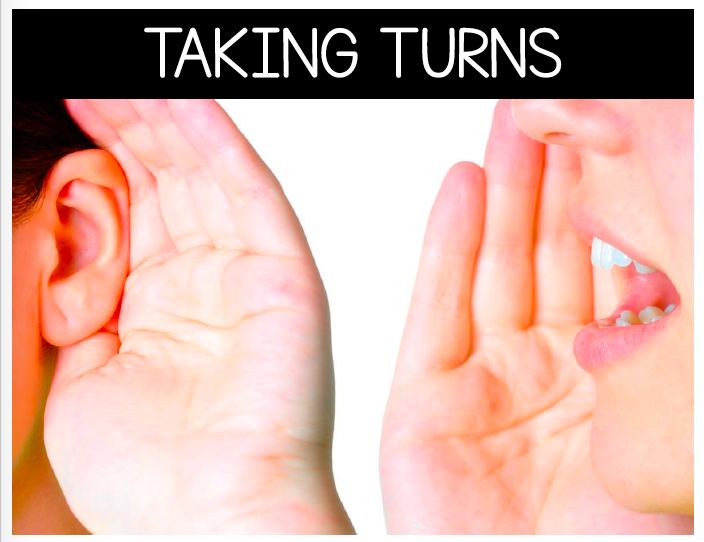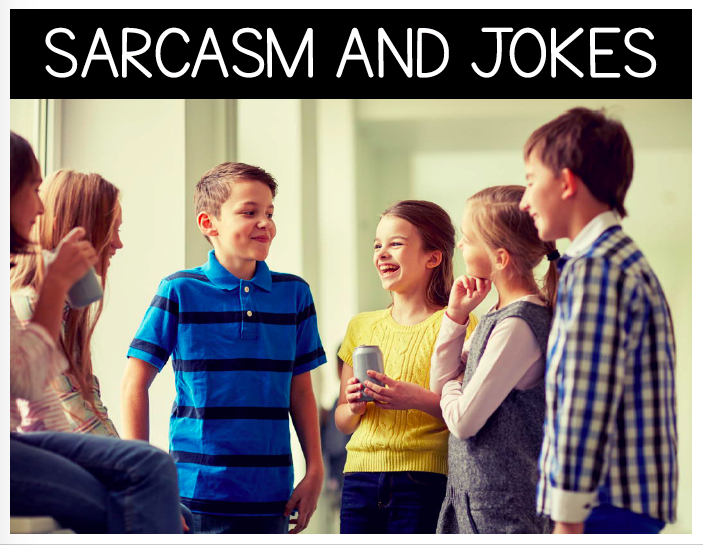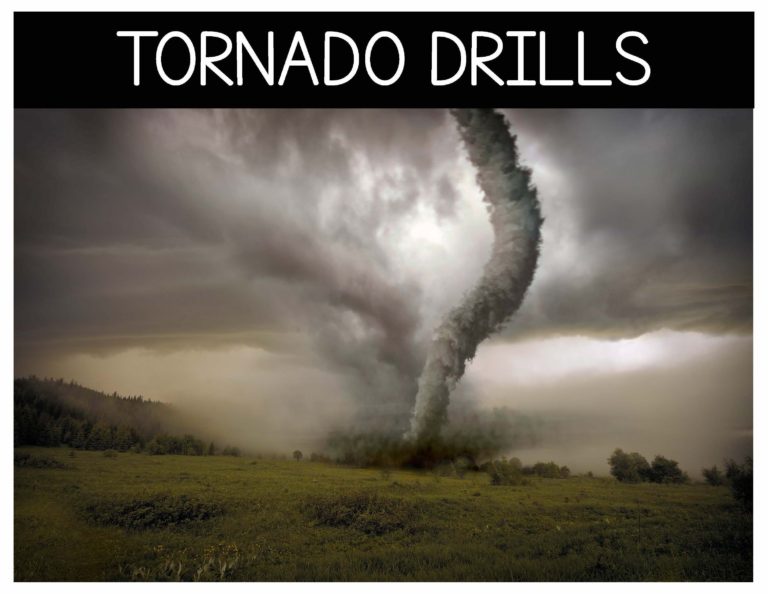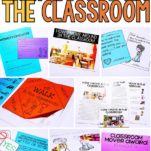teaching kids how to Movem in the Classroom: Sel curriculum
Social Emotional Learning should be a component of every classroom. Teaching students how to behave and to set expectations is a huge component of any classroom management system and is also a necessity in todays world. Today I am going to talk to you about teaching kids about movement in the classroom.
* This post may contain affiliate links. This means that if you click and end up purchasing, you pay no extra cost, but I earn a small fee for referring you.
Why Teach the Behavior?
Movement in the classroom occurs throughout the day. Students will need to move from various areas within the classroom and display appropriate ways to get from one place to another. The skill is important for students to understand so they meet the expectations of the teacher when permitted to move. Mastering the skill is important for students, because they will be able to keep themselves and their classmates safe.
How to Make a Strong Student?
Students who master the skills show how to move with appropriate pace. They also show a respect for their classmates and teacher.
Generalizing the Behavior Skill
This skill can also be generalized to all areas of the school and outside at recess. Students learn the expectations of movement in different locations while respecting school property. Appropriate movement in the community is a social skill that needs developed at a young age.
What is Behavior Basics?
Behavior basics uses direct instruction each week to build strong students and it also sets them up for success in learning and in life. Direct instruction, discussions, interactive activities, review pages, reading extension activities and data collection make this program a complete program to meet student, teacher, parent and administrative needs. To learn more about the Behavior Basics Program, read all about it HERE.
The three individual components that make up the entire program are:
How to Teach Movement in the Classroom:
To learn more about the Behavior Basics Curriculum, read more HERE. Each behavior basics lesson has a lesson plan with a weekly overview for the teacher or staff to implement at a work center.
To teach movement in the classroom, the Behavior Basics Curriculum lesson includes:
*While a weekly guide is provided, the materials can be used in any way that fits your students needs in a shorter or longer period of time!
Classroom Posters
A poster is included to post in your classroom to easily reference throughout the week of instruction. It includes the title of the behavior lesson and one real photo.
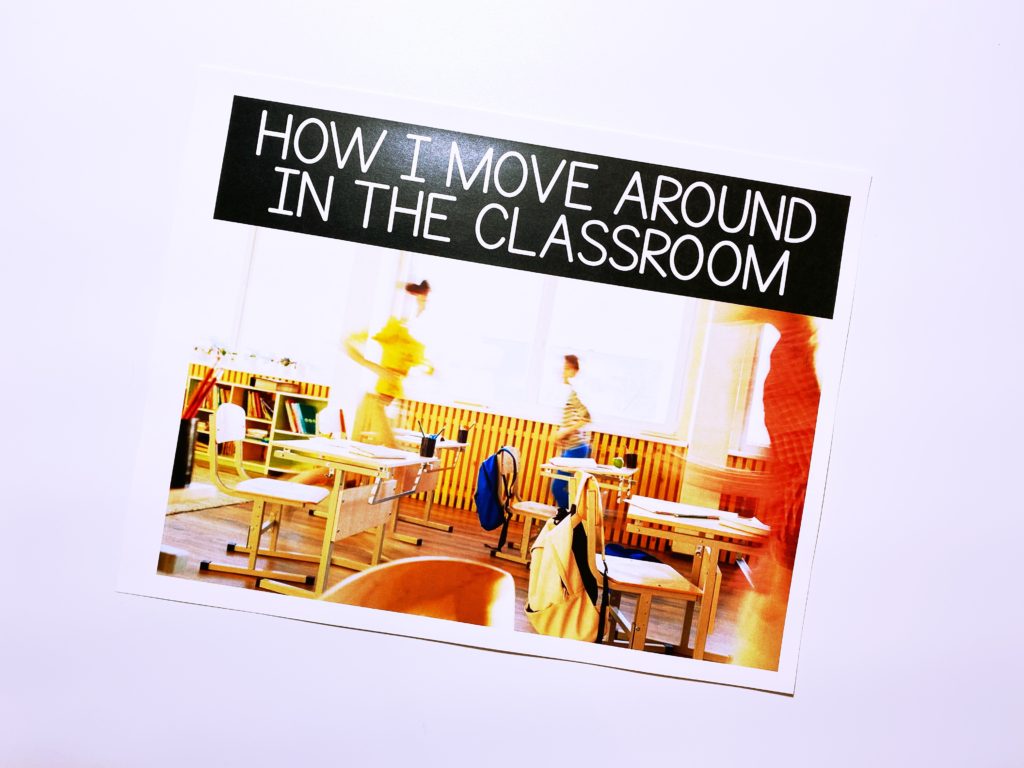
Family Resources
It is important to communicate with families when working on big skills such as behavior to generalize the skills in all settings. Two formats are provided for you: a half sheet parent newsletter and a newsletter/ homework worksheet are included. Some teachers may also decide to send home a copy of the social story as well.
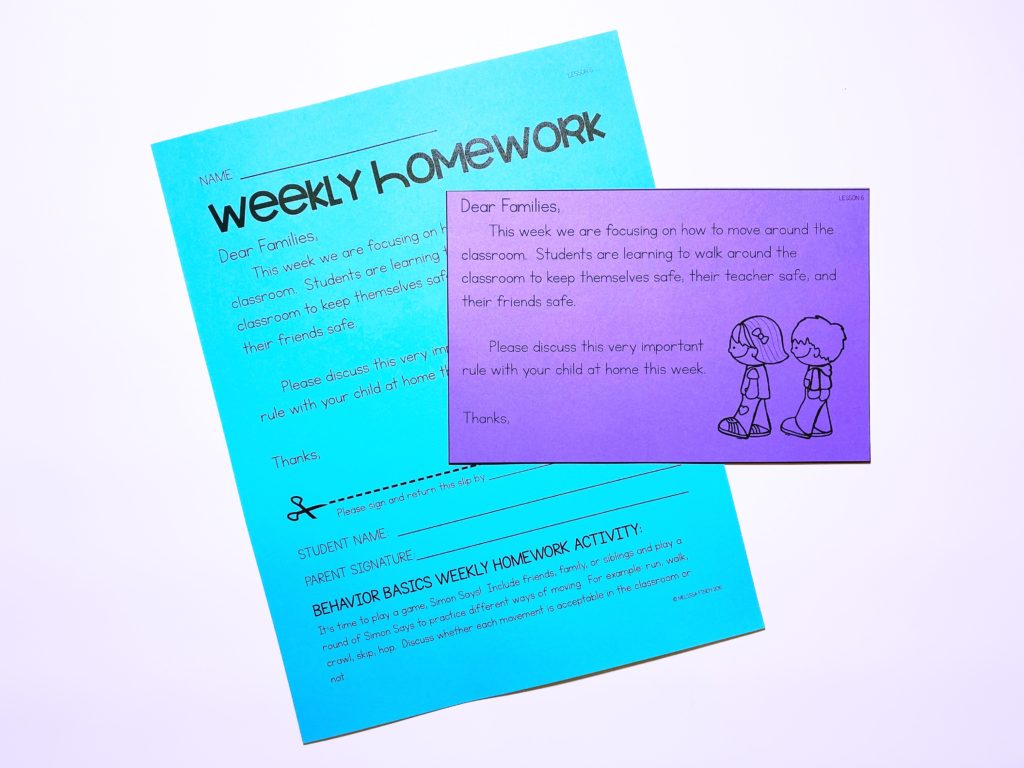
Social Stories (4 levels)
For direct instruction, use a social story to teach the behavior skill of classroom rules. Social stories help visual leaners and students with limited reading ability.
Four levels of social stories are also included:
- 1: Simple book with one picture per page
- 2: One page social story with picture supports
- 3: One page social story paired with one real image photo
- 4: (2 versions) One page social story with higher level text & one page social story with higher level text with one real image photo
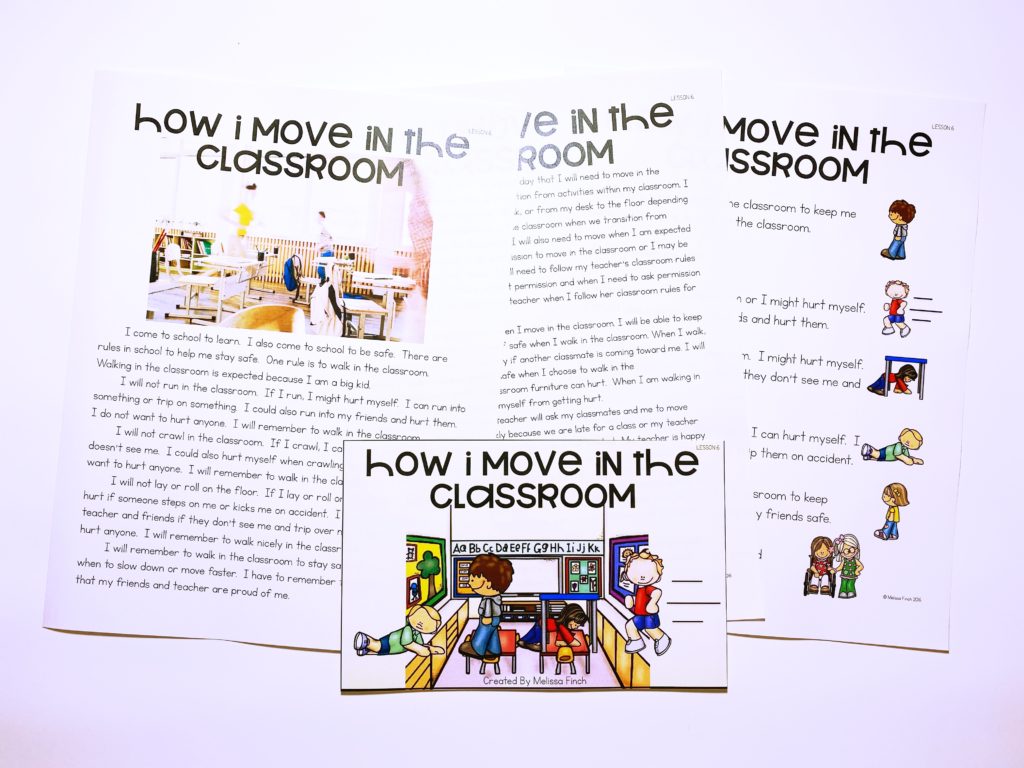
Discussion Questions & Worksheets
Following direct instruction with social stories, you can facilitate a classroom discussion. A staff discussion page, student participation sticks and student response worksheets are all included with 10 yes/no questions. Teachers are able to add to these questions how they see fit for their kids needs or to elaborate to require more than a yes/no answer.
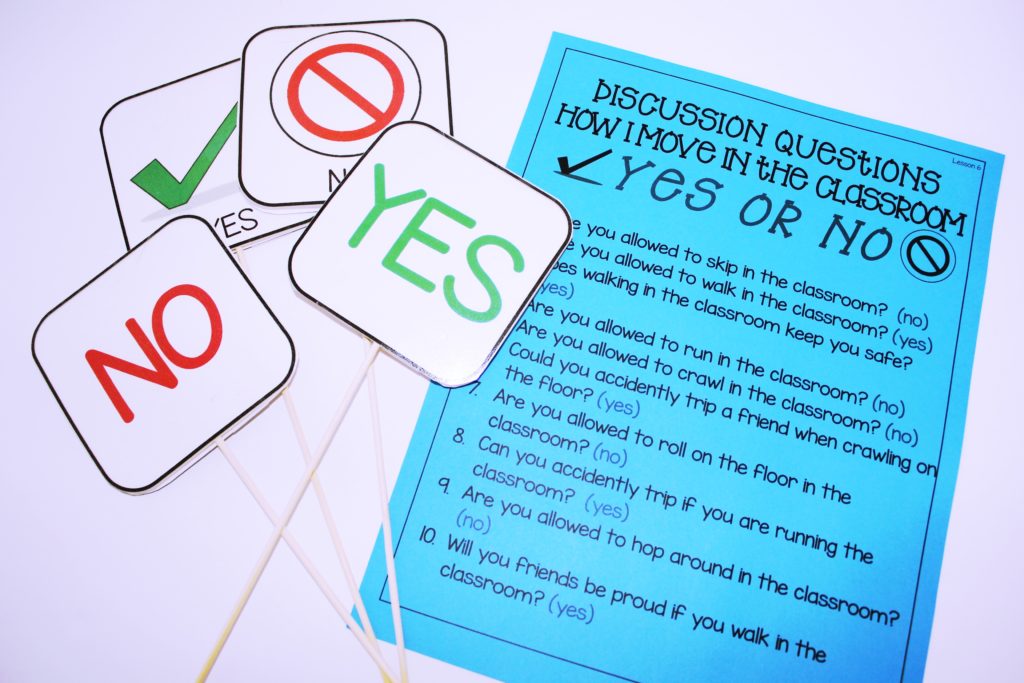
Also included are student response sticks. Teach students to simply raise the yes/no stick to answer the question. There are two levels to these sticks to make for easy differentiation within your classroom:
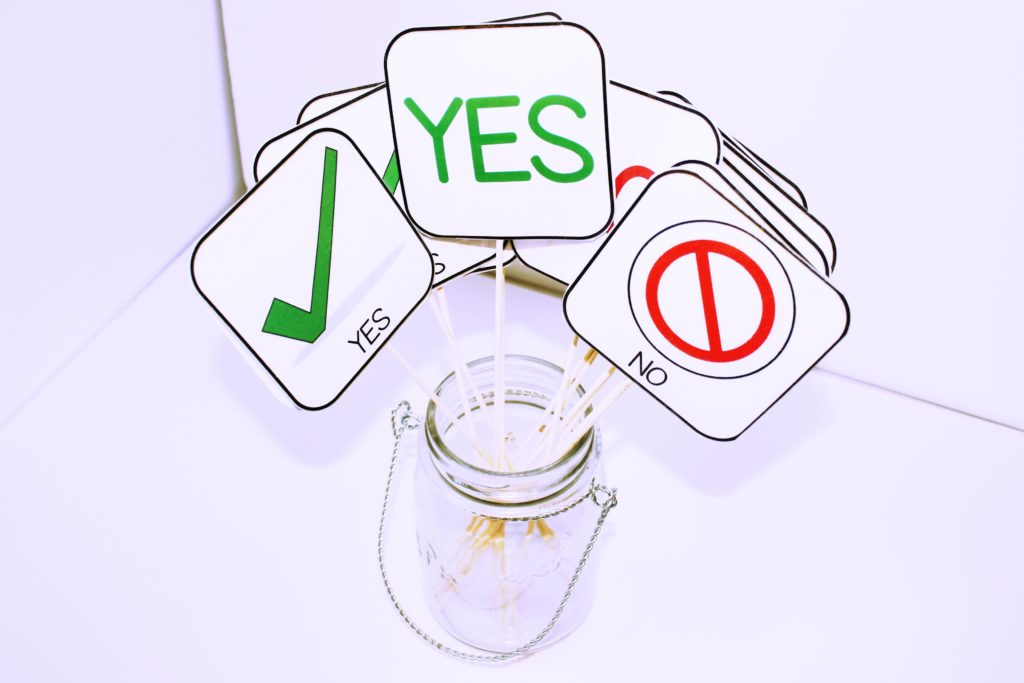
Coloring Pages
Movement in the classroom coloring pages are a great way to disguise the behavior being taught in a fun hands-on way! While coloring students can discuss what they are coloring and why it relates to the behavior of the week.
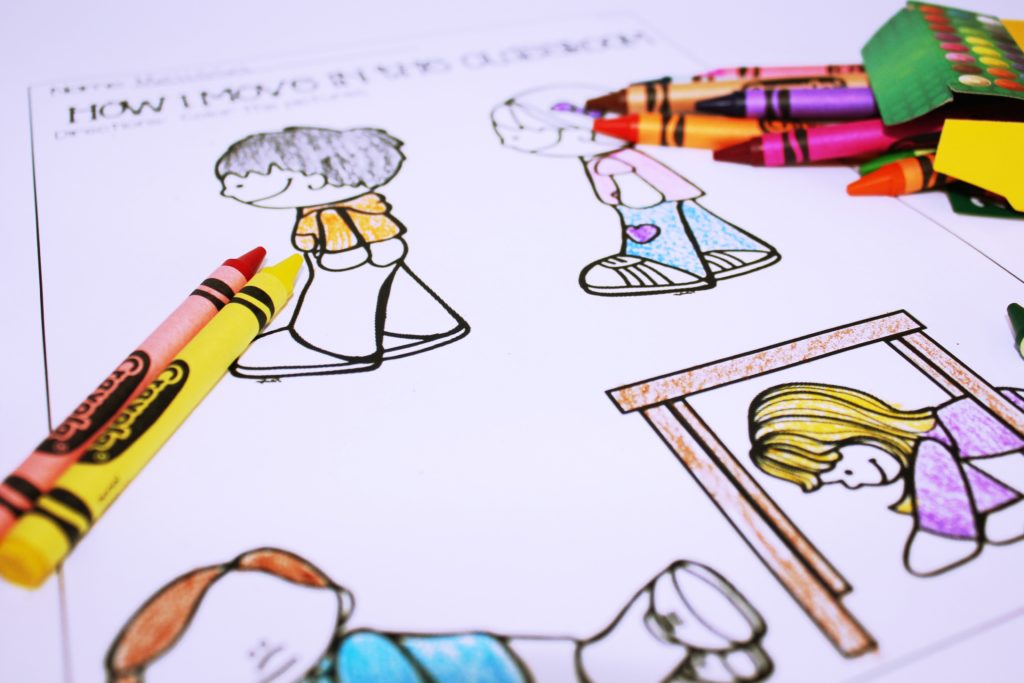
Interactive Notebook Pages
Here is a hands on, interactive notebook activity to help generalize the classroom rules. It includes one page to create, shown below. Each behavior basic interactive notebook page comes in two versions and is all black/white for easy printing.
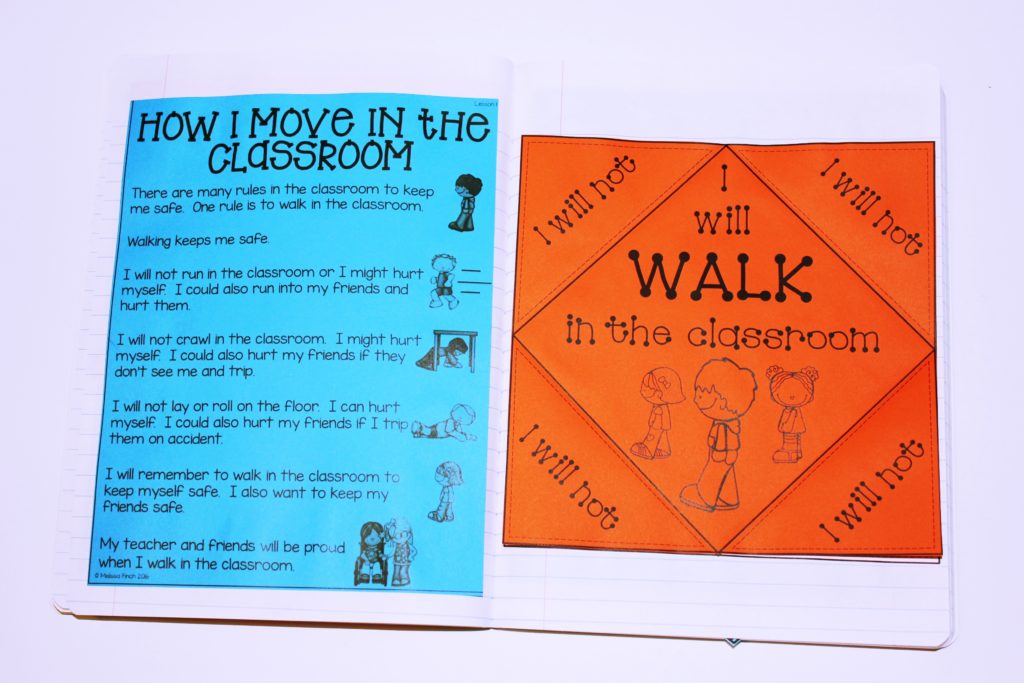
Each behavior basics interactive notebook activity comes with clear, visual instructions for students. Every page comes with a picture step by step for students to follow along. You can print these out and store in a binder from year to year or project them on the smart board for easy use.
All the materials you need to set up interacts notebooks in your classroom are also included:
Review Pages
Simple review pages are included to assess student’s knowledge on classroom rules.
There are 4 levels of assessments included:
- 1: Errorless non-writing
- 2: Matching
- 3: Q&A (2 levels: multiple choice or answer the question)
- 4: Journal reflection page
Focus Board Pieces
Each behavior basics lesson ends in a way for students to share the new skill they have learned with others. Students so often are able to read and recite facts from a story, but struggle with applying it to the “real world.” Simply set up a focus board in the beginning of the year like this:
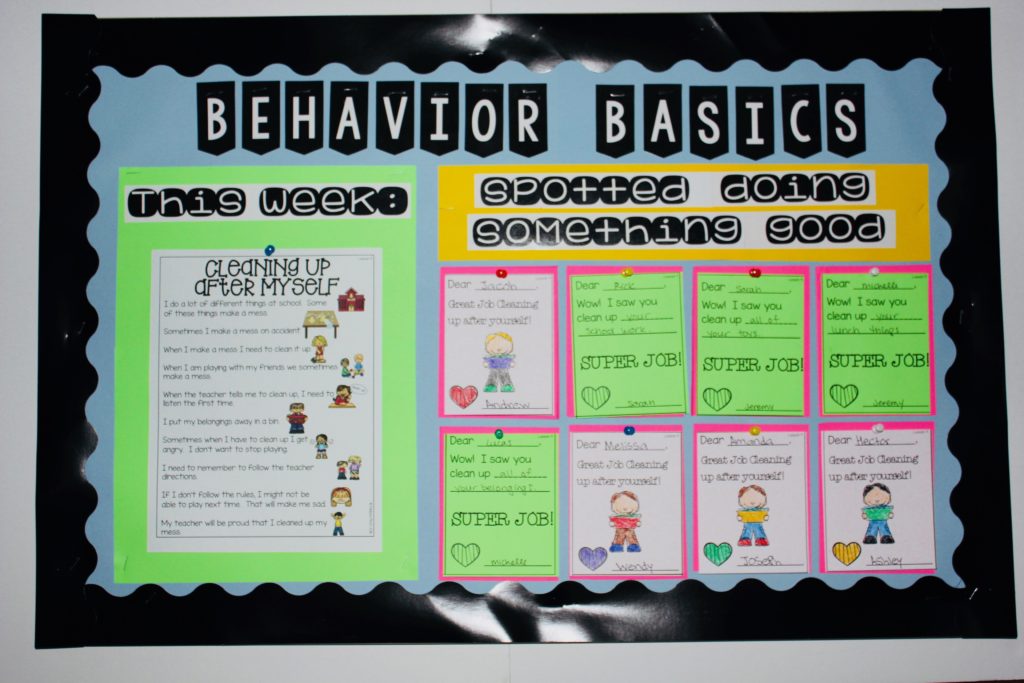
Focus board slips are included because they help build a loving and happy community within your classroom. They also build successful students. There are two levels of focus board slips for easy differentiation within your classroom. Each focus board slip comes in two versions:
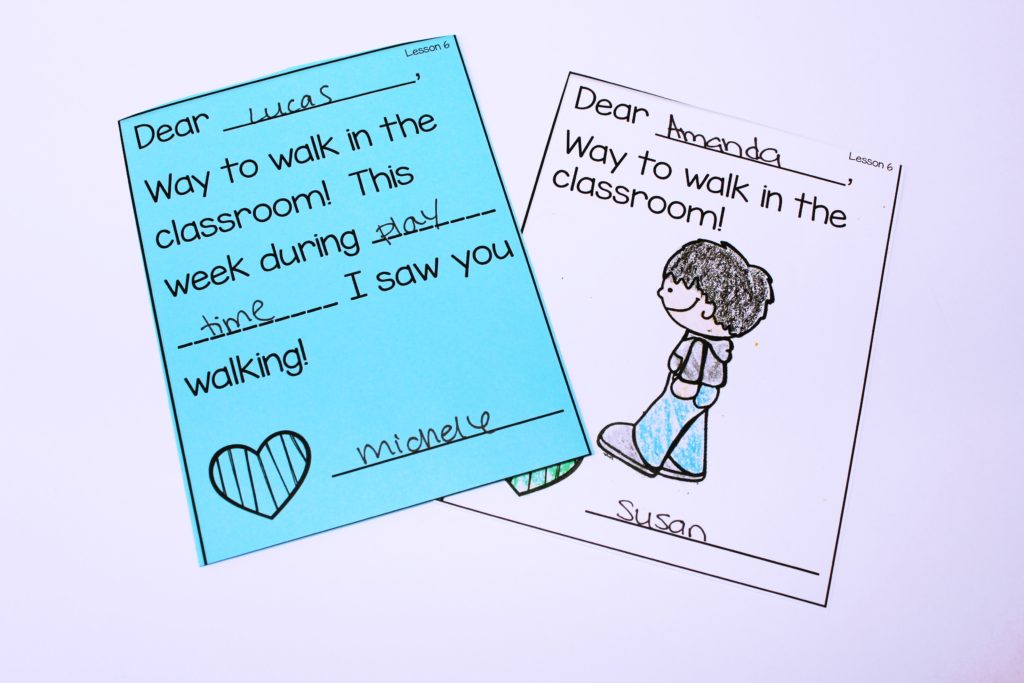
Certificate of Completion
Also included is a certificate of mastery for students to receive!
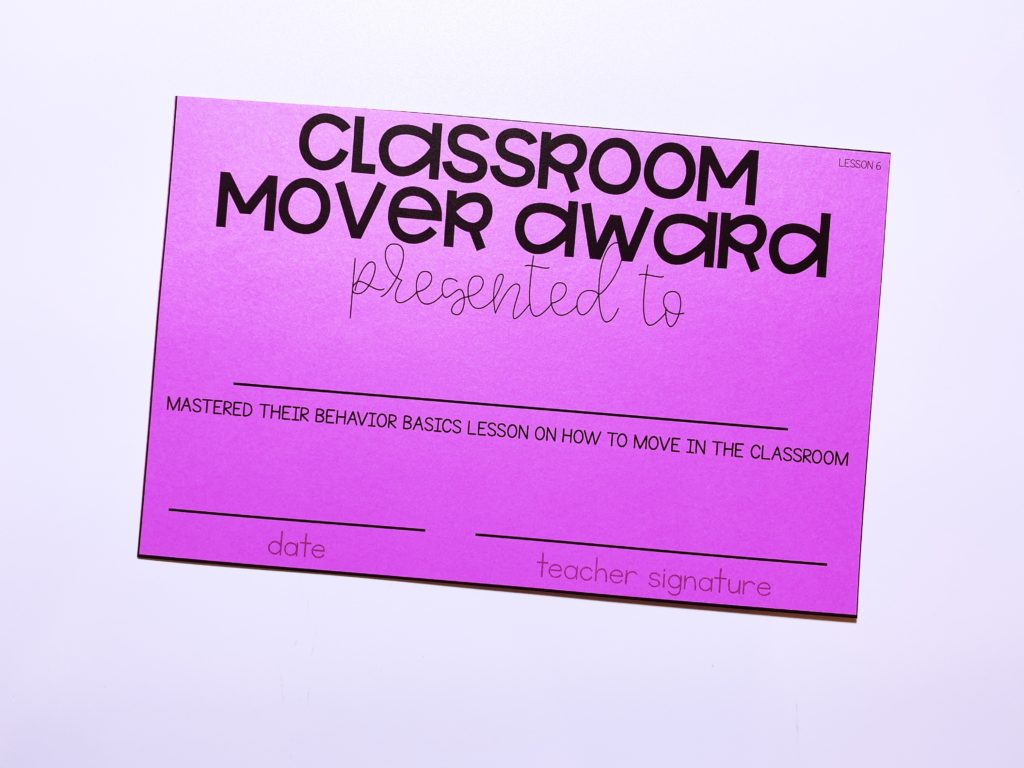
Reading Extension Activities
Picture books provide a fun alternative to direct instruction to teach the basics of behavior. These books provide critical thinking and hands on activities for extension activities in your classroom! To read more about the Behavior Basics Book Club, click HERE.
For teaching classroom rules to students, I like reading the book, Flying Frogs and Walking Fish, by Steve Jenkins. You can find the book on amazon (affiliate link) or your local library!
Story Lesson Plans
A lesson plan/guide is provided to help teachers and staff with an in depth read aloud activity. Included in the lesson plan:
- Behavior focus section
- Pre-reading questions
- Discussion questions aligned to certain pages of each book
- Extension activities/questions.
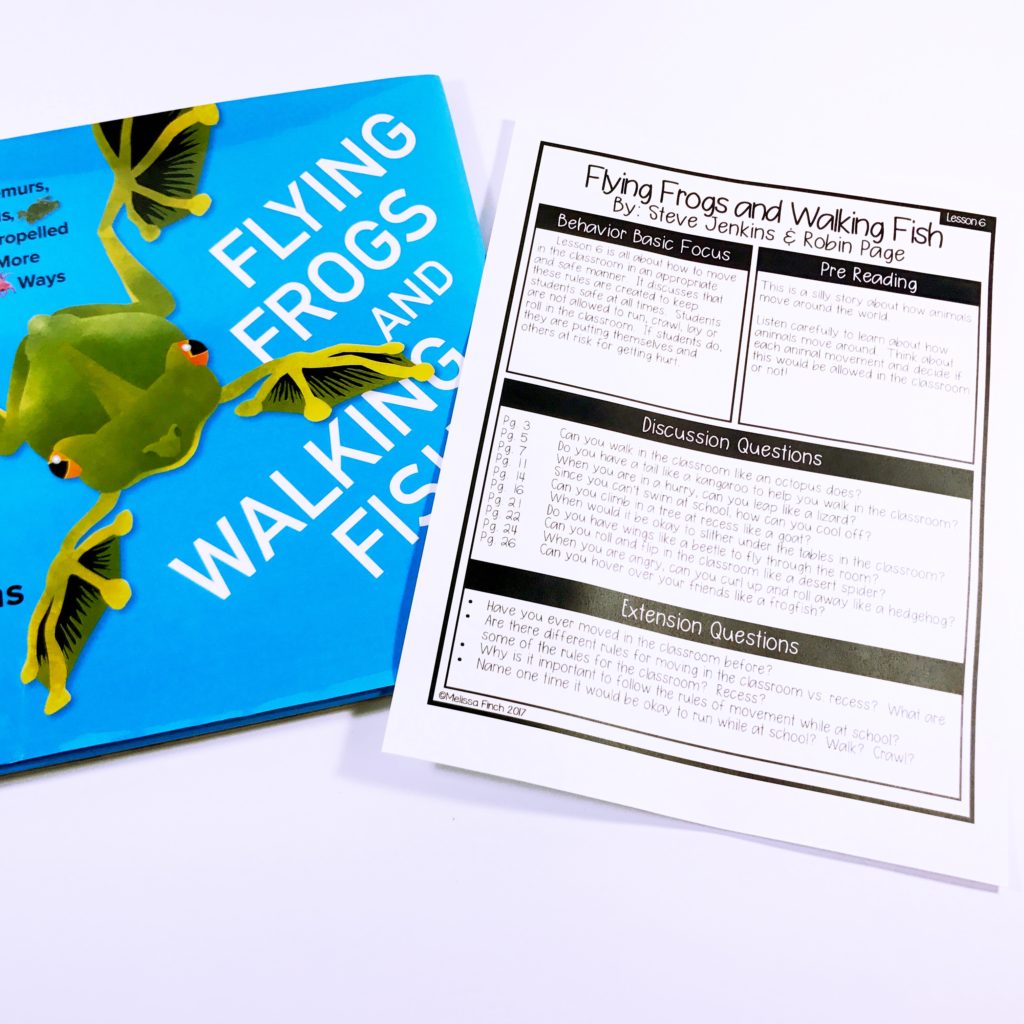
Anchor Charts and Reading Response Worksheets
Following the read aloud, complete a whole class anchor chart. This discussion anchor chart is a great way to implement deeper discussions and build further understanding of classroom rules.
Following the whole group anchor chart, students can complete their own reading response worksheet.
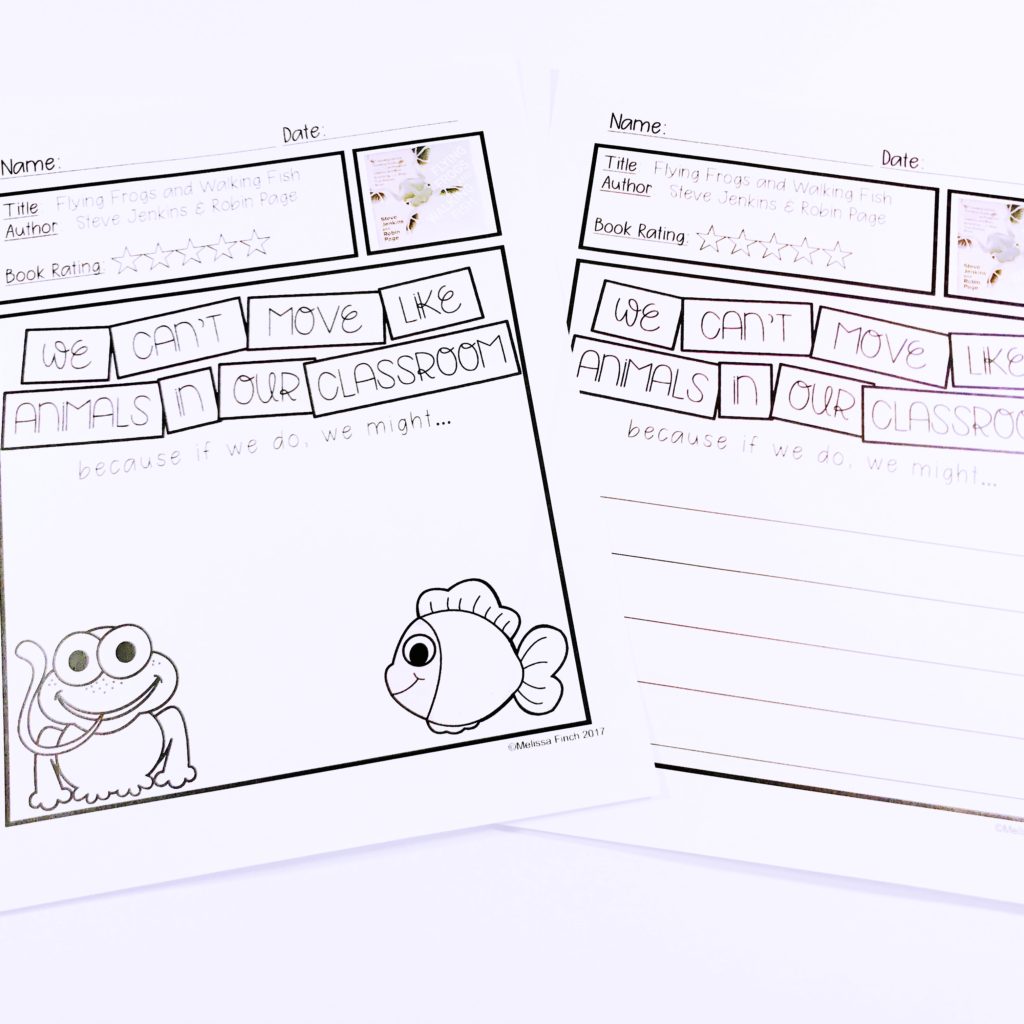
Directed Drawing Activity
Also included is a directed drawing lesson to incorporate arts while also discussing classroom rules.
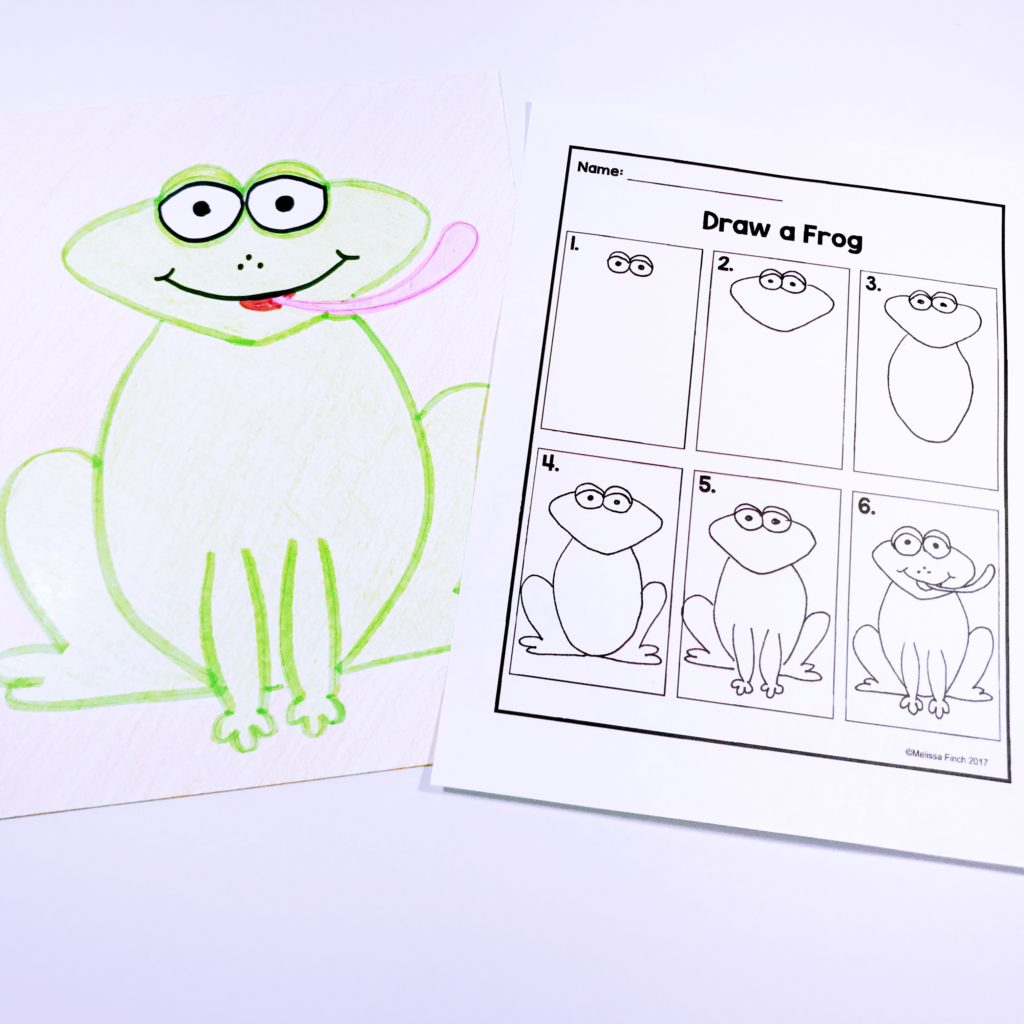
Take Data and Assess
Teaching behavior skills is important. It is also important to track students progress in mastering behavior skills. To help you implement IEP goals, track progress and communicate progress to all members of the IEP team I have created a classroom rules behavior basics data bundle. Included is:
To learn more about the Behavior Basics Data Bundle, click HERE.
Want to See More?
Behavior basics uses direct instruction each week to build strong students and set them for success in learning and in life. Direct instruction, discussions, interactive activities, review pages, reading extension activities and data collection make this program a complete program to meet student, teacher, parent and administrative needs. The three individual components that make up the entire program are:
The Behavior Basics Program consists of 60 different lessons focusing on 60 different common behaviors. These lessons are broken up into 4 units. To read more about each unit, click below:
Like what you read? Don’t forget it, PIN IT!
